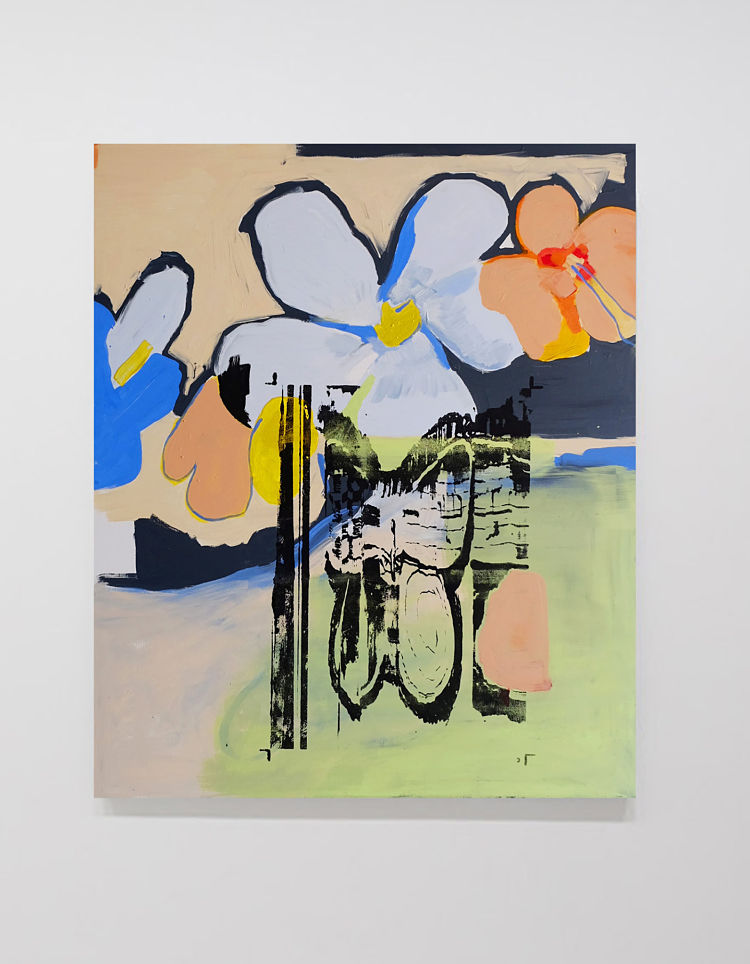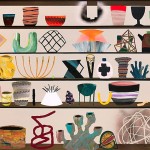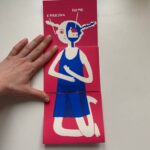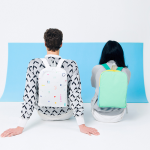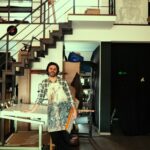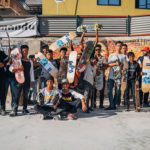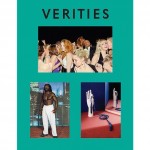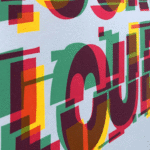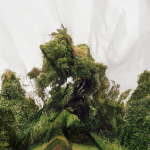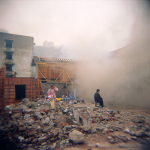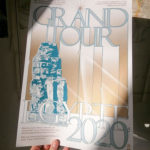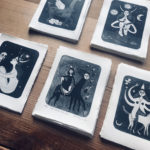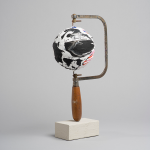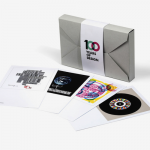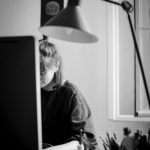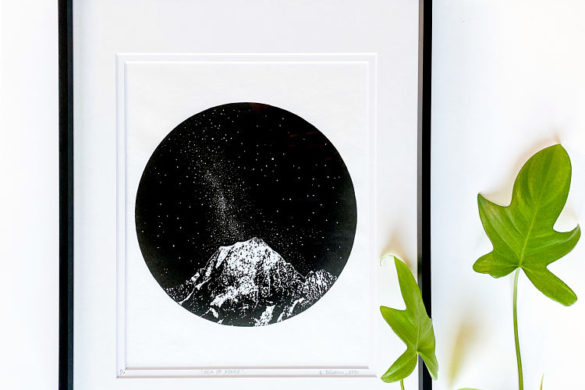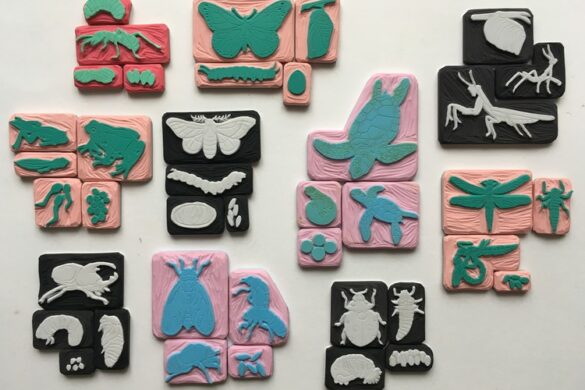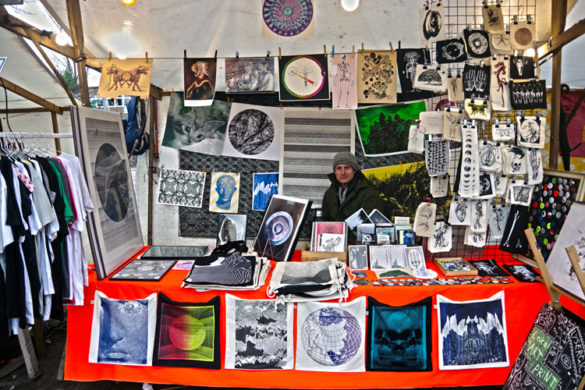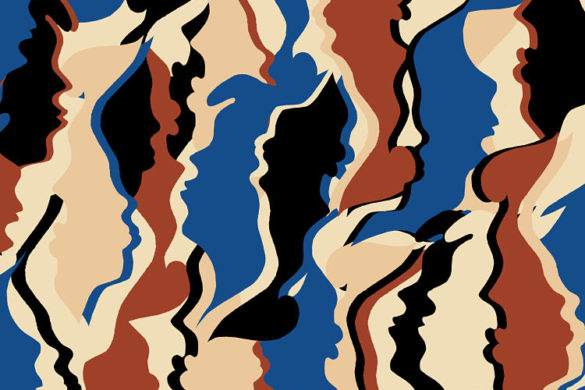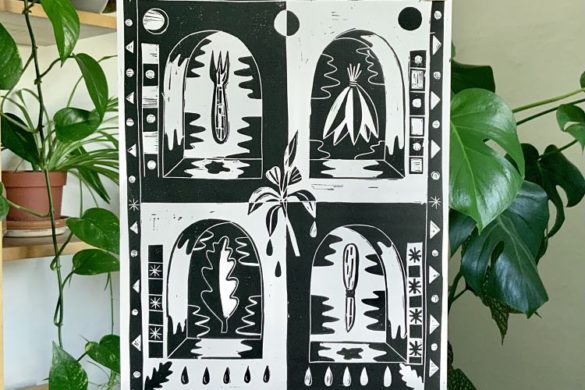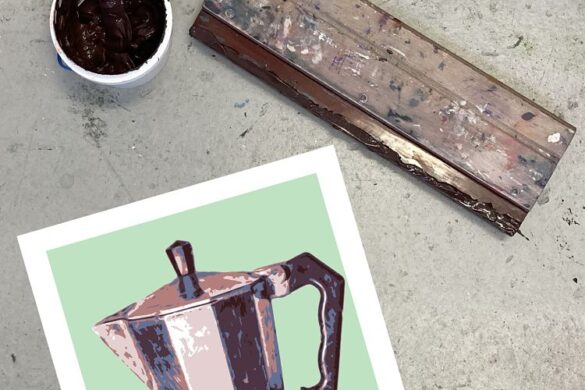Describing her work as “intuitive, colourful, graphic, bold, abstract and figurative”, Emma Verhulst’s practise has shifted significantly over the last few years, moving from a more straightforwardly illustrative milieu towards the realm of fine art. Verhulst studied illustration at Sint Lucas in Antwerp and graduated in 2016, before undertaking her MA in visual art from the Sint Lucas School of Arts in Antwerp. 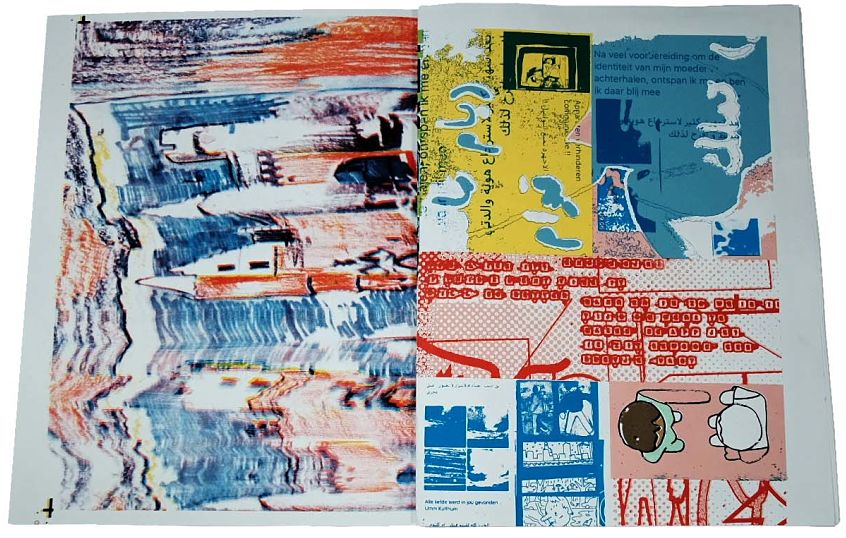 She’s been pretty busy ever since, taking on internships in Toronto, Rotterdam and Marseille including a stint at Studio Dumbar. “It was a very enriching experience since I’ve always liked to integrate text in my work; I’ve picked up on some insights that are still with me till this day,” she says. “The designers at Studio Dumbar are amazing and the creative director Liza Enebeis was a true inspiration to watch.”
She’s been pretty busy ever since, taking on internships in Toronto, Rotterdam and Marseille including a stint at Studio Dumbar. “It was a very enriching experience since I’ve always liked to integrate text in my work; I’ve picked up on some insights that are still with me till this day,” she says. “The designers at Studio Dumbar are amazing and the creative director Liza Enebeis was a true inspiration to watch.”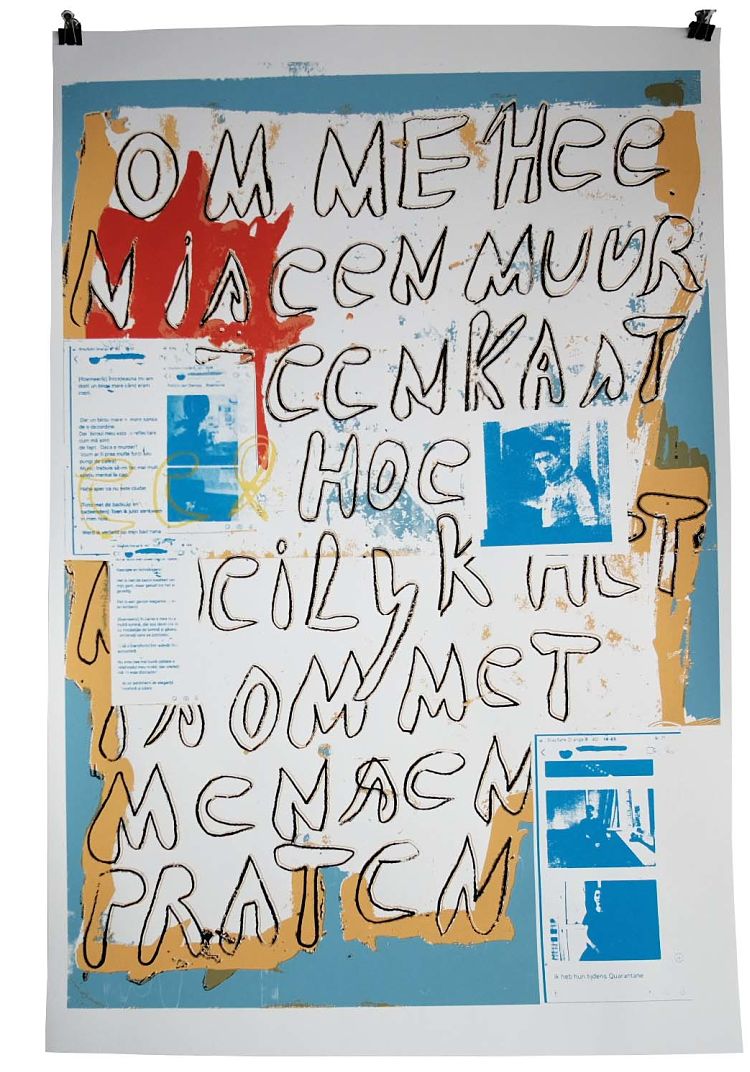 She’s also taken part in residencies at venues including Frans Masereel Centrum and AGA lab, as well as showing her work in solo and group exhibitions; and this July, she’ll be taking on the role of artist-in-residence at WIELS in Brussels. Over the course of the past four years, her work has transformed in various ways:” from an illustrative and figurative take at first… towards larger, painterly and autonomous work in more recent pieces,” as she puts it.
She’s also taken part in residencies at venues including Frans Masereel Centrum and AGA lab, as well as showing her work in solo and group exhibitions; and this July, she’ll be taking on the role of artist-in-residence at WIELS in Brussels. Over the course of the past four years, her work has transformed in various ways:” from an illustrative and figurative take at first… towards larger, painterly and autonomous work in more recent pieces,” as she puts it.
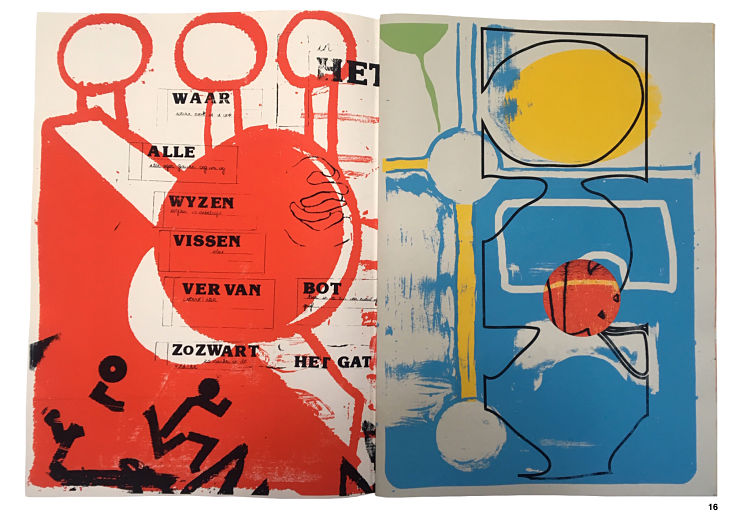 I’d discovered her work through her illustrative pieces (on a Tumblr that I can’t seem to access any more). These were largely focused on superb depictions of women, frequently with very cute prominent little nips. “It is not my intention to specifically highlight the female nipple,” she says, in light of her change in direction. “This is one of so many elements in my work that I use, it’s more about a combination of different aspects in relation to each other.”
I’d discovered her work through her illustrative pieces (on a Tumblr that I can’t seem to access any more). These were largely focused on superb depictions of women, frequently with very cute prominent little nips. “It is not my intention to specifically highlight the female nipple,” she says, in light of her change in direction. “This is one of so many elements in my work that I use, it’s more about a combination of different aspects in relation to each other.”
She adds: “The femininity in my work is not always embodied in a physical form. In my earlier illustrations they did have a prominent physical shape. In general I’m always looking for a kind of sensuality in contrast with a bold graphic appearance. Being a woman myself it’s an inherent part of my practice. The older I get, the more aware I am of the female role in history, society and my daily life. I look for suggestive and symbolic ways to incorporate the feminine theme.”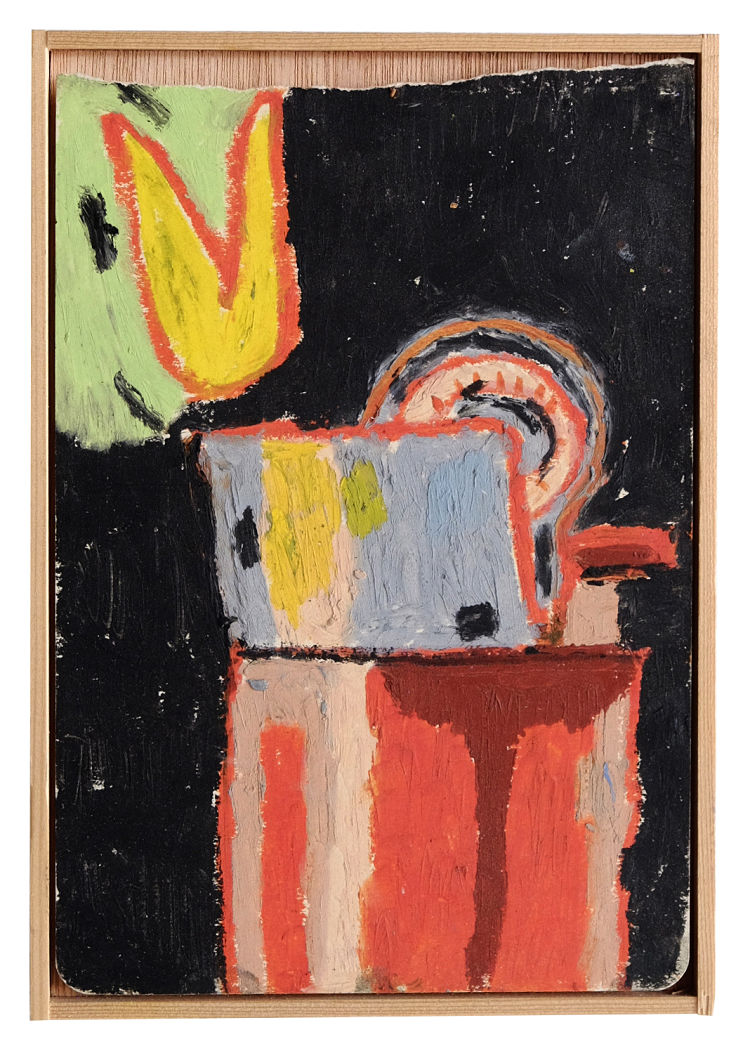 While Verhulst doesn’t illustrate for clients too much these days, she’s previously illustrated for magazines as Slanted, designed posters for events and curated some self-publishing publications as well. “My latest assignment was required by the Plantin Museum in Antwerp where they asked me to make five works about Antwerp and its inhabitants,” she explains. “I’m always up for interesting collaborations! I don’t exclude anything.”
While Verhulst doesn’t illustrate for clients too much these days, she’s previously illustrated for magazines as Slanted, designed posters for events and curated some self-publishing publications as well. “My latest assignment was required by the Plantin Museum in Antwerp where they asked me to make five works about Antwerp and its inhabitants,” she explains. “I’m always up for interesting collaborations! I don’t exclude anything.”
Now, her focus is on developing her artistic practice through experiments in drawing and painting. “Storytelling and illustration are still lying at the heart of my practice though,” she says. These stories usually begin as visual interpretations of her surroundings, therefore her characters “do not always have physical forms but can also be found in objects or in an abstract language,” she says. “They originate out of everyday banality.”
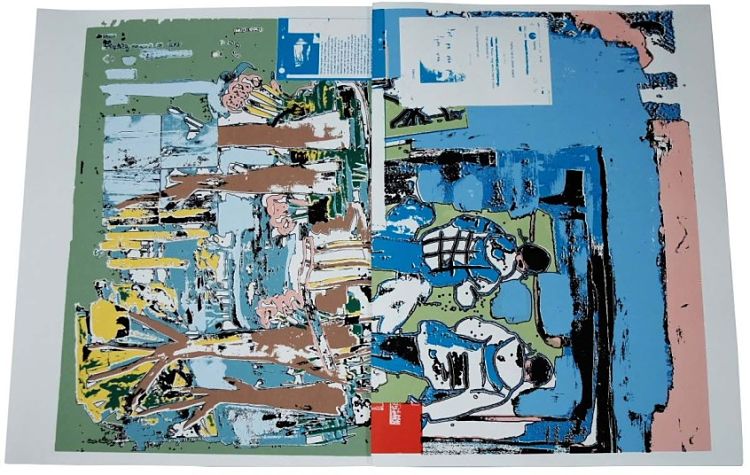
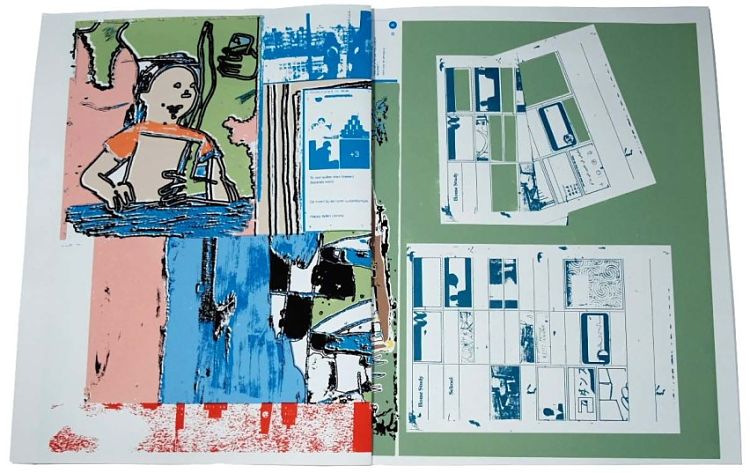 Works begin with an “intuitive” drawing, then the associations they trigger are used as a guideline for the rest of the piece. “These stories characteristically have a fragmented narrative and sometimes reflect dream-like impressions of stories and characters. My characters in general are not always intended for an overall intelligibility,’ says Verhulst.
Works begin with an “intuitive” drawing, then the associations they trigger are used as a guideline for the rest of the piece. “These stories characteristically have a fragmented narrative and sometimes reflect dream-like impressions of stories and characters. My characters in general are not always intended for an overall intelligibility,’ says Verhulst.
Her works often originate from cut and paste techniques, using fragments of drawings and pieces of paper to create compositions. “My works have a sense of fluidity, and they look like they have been executed in a short period of time,” she says. “This is not the case, I want the viewer to have a sense of simplicity, but each work is thought of and developed through drawings, experiments, and written notes. 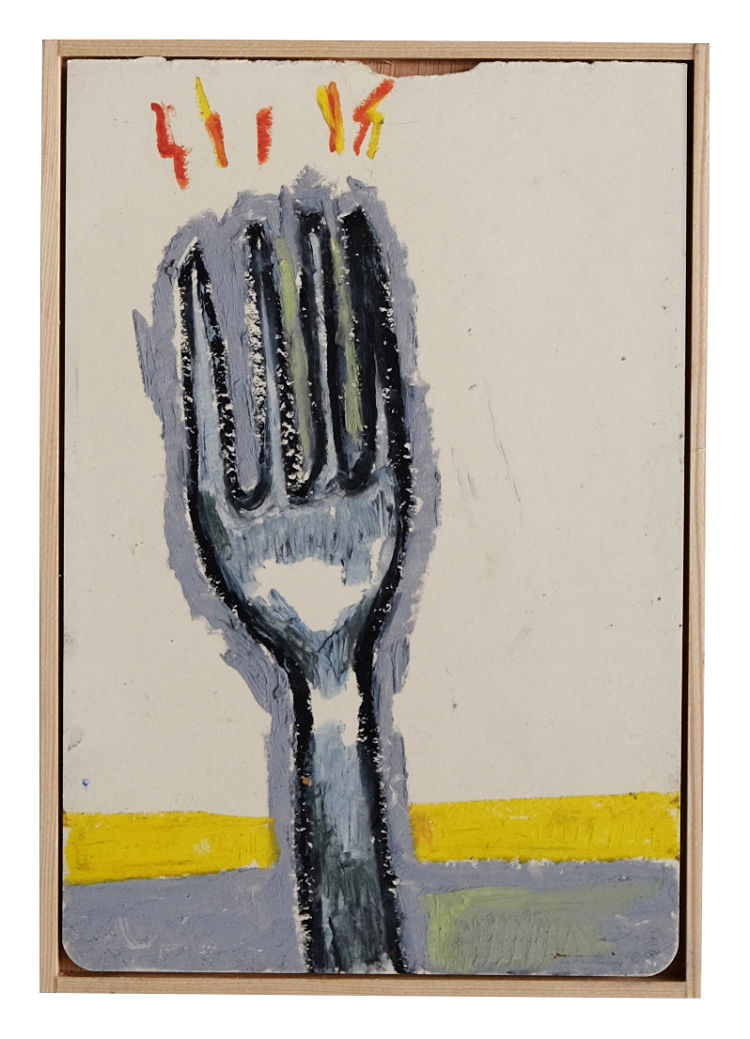 “The creation process spans a longer time than the simplicity of the work sometimes might lead people to suspect, and involves a lot of do-overs, recycling, and sending work to the garbage can.”
“The creation process spans a longer time than the simplicity of the work sometimes might lead people to suspect, and involves a lot of do-overs, recycling, and sending work to the garbage can.”
You might like...
- Autobahn - November 26, 2021
- Alphabetical - November 12, 2021
- SOFA Universe - November 8, 2021

